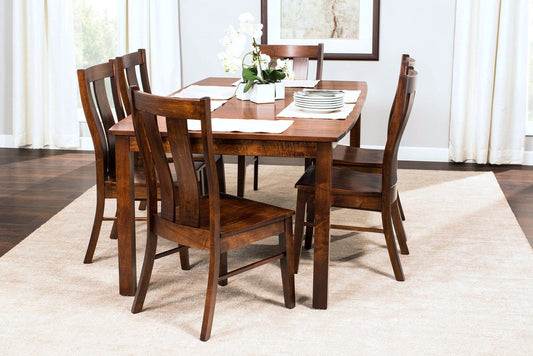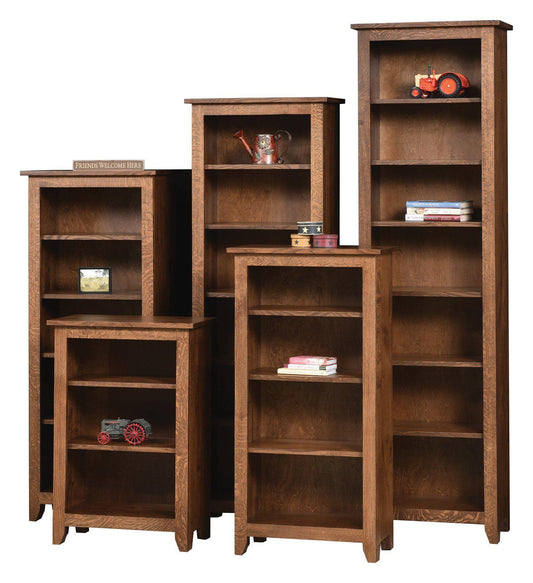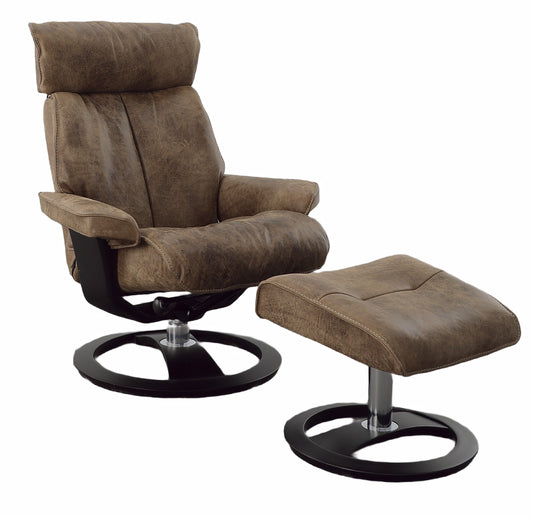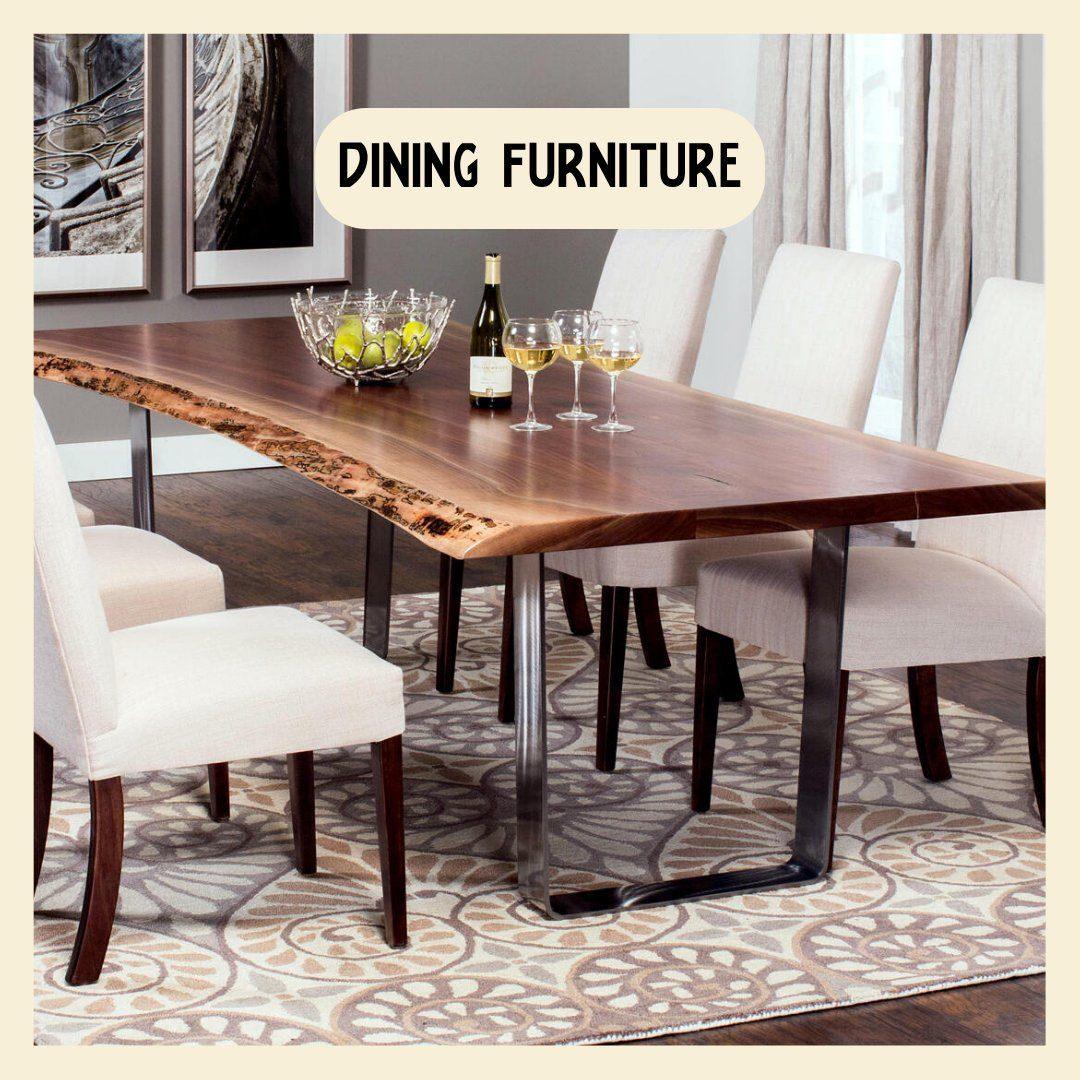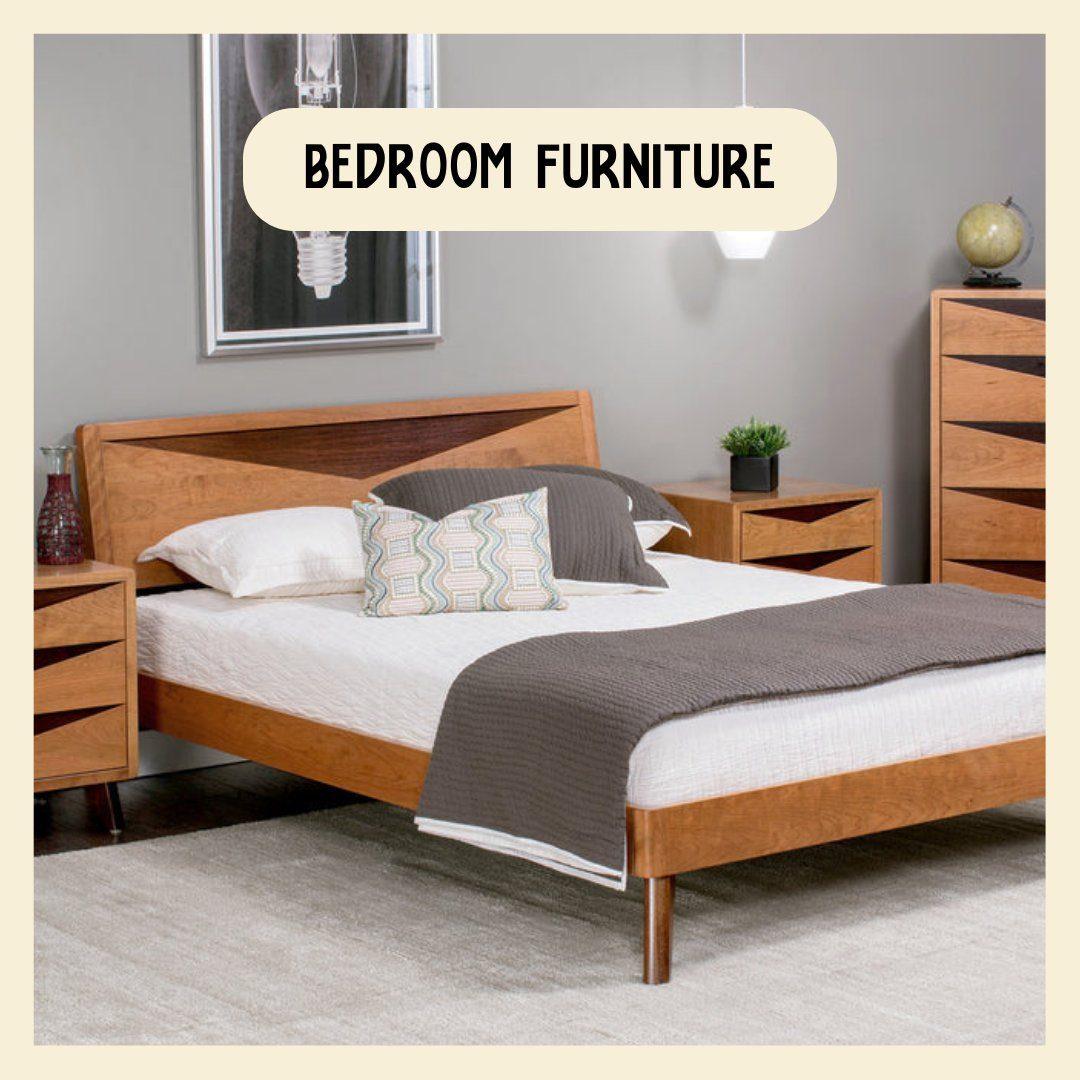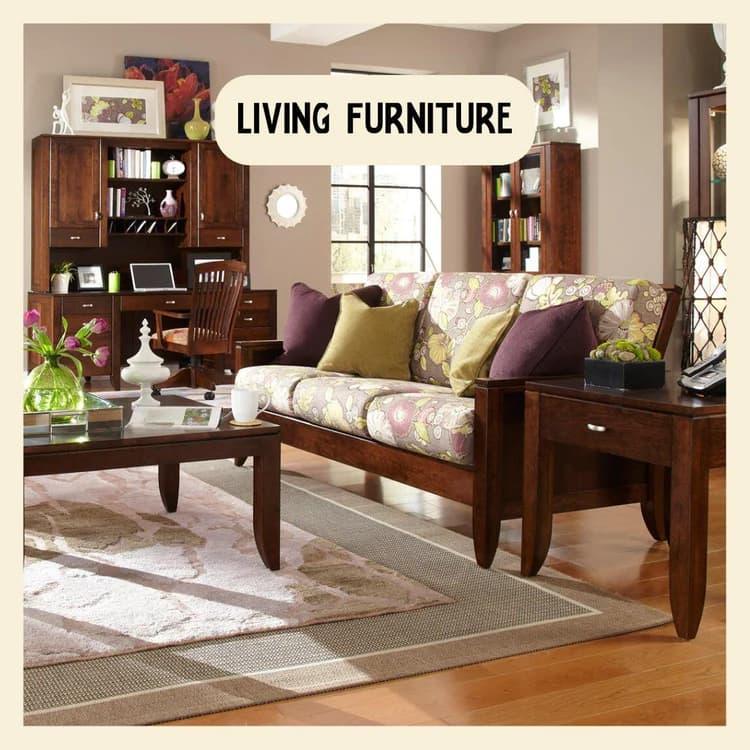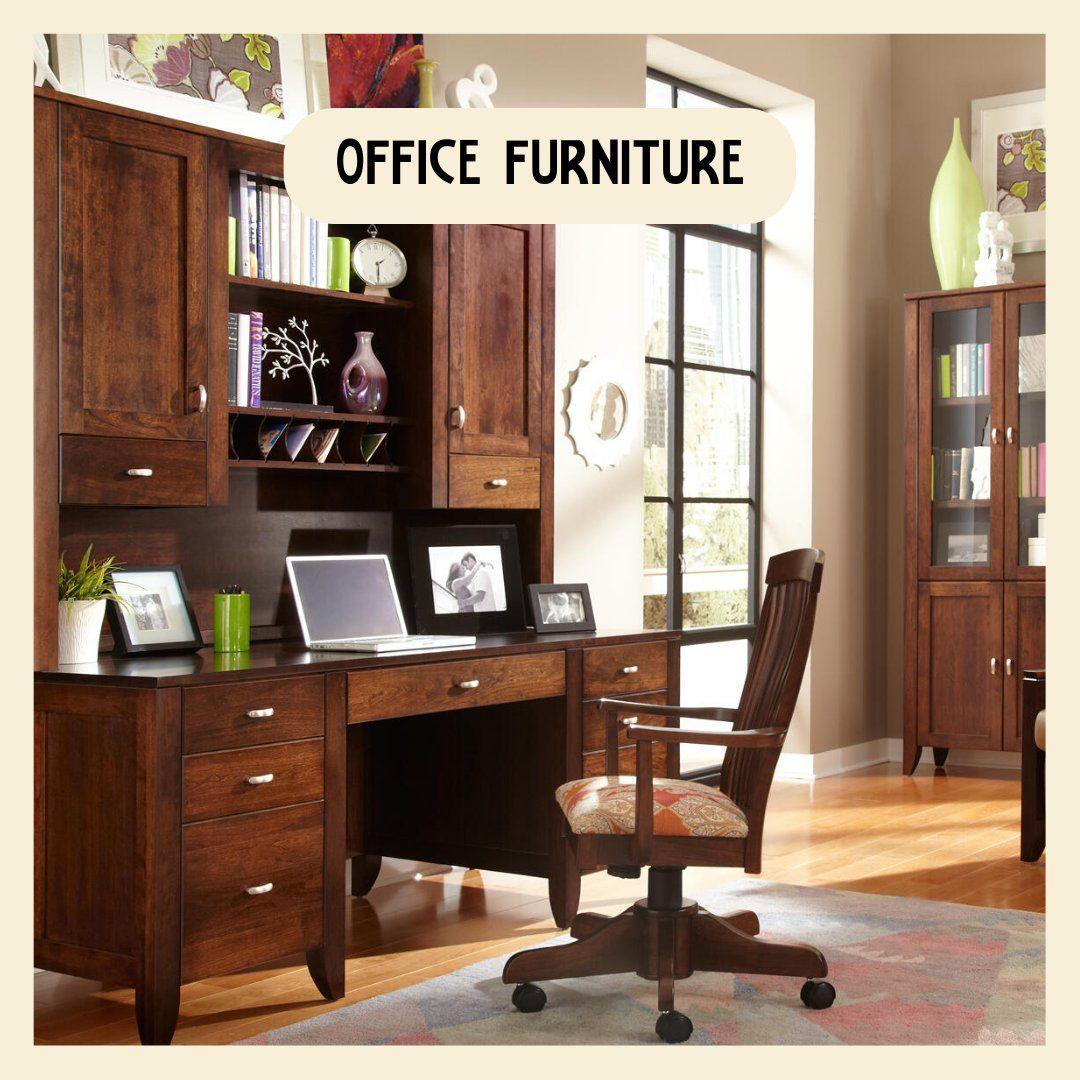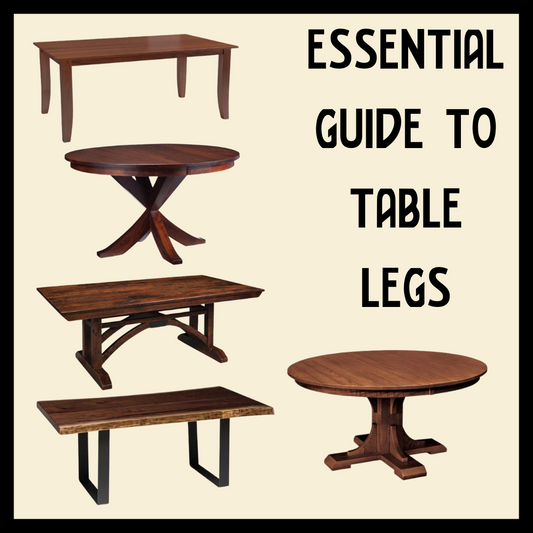The Ultimate Guide to Craftsman Color Palettes
"The purest and most thoughtful minds are those which love color the most"
- John Ruskin, The Stones of Venice
When it comes to the standard color palette of a craftsman home, history has a consensus for us on the general principles we should follow. This doesn't mean that a wide variety of options and plenty of opportunities for self expression aren't available. In our ultimate guide to craftsman color palettes, we'll discuss the traditional approach to choosing colors for your home as well as some different options for starting your color search. We'll also talk about a few things to keep in mind as far as how to use your colors, where, and when. So let's dive in!
The craftsman style evolved out of the Arts and Crafts movement of the late 18th and early 19th centuries as an attempt to move away from the ornate, highly decorative Victorian style that had become so popular in Europe.
The goals of the craftsman style included functional designs done with great attention to quality and with a mind for the simple beauty of nature. The color palettes of the craftsman style reflect this tradition and throughout their history have remained essentially unchanged - although the technology of paint mixing has allowed for the introduction of myriad shades which expand the options while still holding to the traditional color schemes.
 The craftsman palette has often been referred to as an autumn palette with warm, natural tones that complement the wood trim and furniture of the same style. Walls are often done in colors with a muted, more natural quality. However, some more prominent "vegetable colors" such as Hubbard-squash orange and zucchini green were also very popular.
The craftsman palette has often been referred to as an autumn palette with warm, natural tones that complement the wood trim and furniture of the same style. Walls are often done in colors with a muted, more natural quality. However, some more prominent "vegetable colors" such as Hubbard-squash orange and zucchini green were also very popular.
Exterior Craftsman Colors
Craftsman color palettes can be defined by their adherence to the traditional values of the style. Earthy browns, muted greens, warm golds, and even watery blues provide the basic subset of the classic craftsman color palette. These colors are generally applied to the three areas of a craftsman home needing color: the walls, the trim, and the accent. The walls are the biggest area needing color, and are sometimes referred to as the "body" of the house. Often in Craftsman homes the main surface of the walls is an earthy material like brick or natural stone. So the largest painted "body" is then the surface of the gabled areas. The trim includes areas like the cornices, rafter tails, railing, and the eaves. Accents are areas like interior window frames and mullions, and porch pillars. Here are a few classic options for exterior schemes on Craftsman homes:
We also like to fill in areas like cement steps and porch ceilings with neutral shades like Sandbar (SW7547) or Downing Sand (SW 2822).
Another accent is the finish on the exterior light fixtures, which if custom made by makers such as Arroyo Craftsman, can be finished in several classic craftsman shades. We love Verdigris, which mimics an aged copper, and also raw copper, which acquires its own patina over time.
Interior Craftsman Colors
While maintaining the same basic idea behind the colors used on the exterior of the home, choosing the interior colors comes with some different considerations. For example, a common axiom in design is perfectly applicable to a craftsman home - start with the carpet. A traditional arts and crafts style rug can be a great starting point for building the color scheme of the interior of your home. Similarly, a collection of arts and crafts pottery, a section of stained glass, or a textile can also serve as foundations for the colors you choose. In a craftsman home, exposed wood, river rocks, or fireplace tile also provide great context for choosing the right color palette.
Where to put which colors can be as important as the colors themselves. Several considerations should go into deciding which rooms receive which color and shade. For example, the orientation of a room and the consequent light it receives, whether hot west-facing light or cool north light, can help to determine the correct shade to use. Also important is the time of day which the room is most used. Consider a bedroom or dining room mainly used at night: these rooms should be colored with a shade compatible with artificial lighting.

Perhaps most importantly, but complementary to other considerations, is the psychology of the color choice. The psychology of color has been studied for centuries and had been well established at the time of the rise of the craftsman style. While your personal preferences can certainly affect your choices, some general rules can be helpful to remember when choosing the right colors for the right rooms of the home. For instance, consider shades of blue for restful areas such as bedrooms, greens for more calm and inviting spaces, and hot colors like golden yellow to stimulate the appetite in the dining room.
Complementing Natural Wood
 Natural wood is a defining feature of a craftsman style home, and the colors you choose to accompany it can either serve to show off or take away from the natural beauty of the wood. Contrary to what you may intuitively believe, plain white paint is actually a hindrance as an offset to natural wood. It is actually color, not plain white, that works best to show off the woodwork. A good rule of thumb to remember: the darker the wood, the further from white you want the wall color to be in order to avoid the stark contrast it creates. In the arts and crafts style, neutral colors and even shaded pastels have always been used for interiors. For rooms that receive a lot of sunlight, and for contrast with lighter woods, lighter colors have always been popular in the craftsman style.
Natural wood is a defining feature of a craftsman style home, and the colors you choose to accompany it can either serve to show off or take away from the natural beauty of the wood. Contrary to what you may intuitively believe, plain white paint is actually a hindrance as an offset to natural wood. It is actually color, not plain white, that works best to show off the woodwork. A good rule of thumb to remember: the darker the wood, the further from white you want the wall color to be in order to avoid the stark contrast it creates. In the arts and crafts style, neutral colors and even shaded pastels have always been used for interiors. For rooms that receive a lot of sunlight, and for contrast with lighter woods, lighter colors have always been popular in the craftsman style.
Keep In Mind
Craftsman style homes are known for softer colors. When choosing a color combination, strive for medium contrast colors rather than heavy dark colors which can diminish the overall effect. In the interior, think dusty rather than pastel when it come to lighter tones. For the surface finish on walls or ceilings, stay away from a satin-finish or semi-gloss which are traditionally reserved for the trim. Rather, opt for a flat or matte surface finish in keeping with the more reserved craftsman style.
Craftsman Color Palettes
For some examples of basic craftsman color palettes we've included a table of paints from Sherwin Williams specifically designed for craftsman homes.

We hope you found this information helpful and that you are inspired to pull together your Craftsman decor with elegant color. We use Sherwin Williams for all of our recommendations because they have a great selection of historic colors in their color palettes, and we love the ColorSnap app, that you can use on your phone or tablet that lets you photograph your room and test colors by just coloring in the surface on the app. Have fun!






